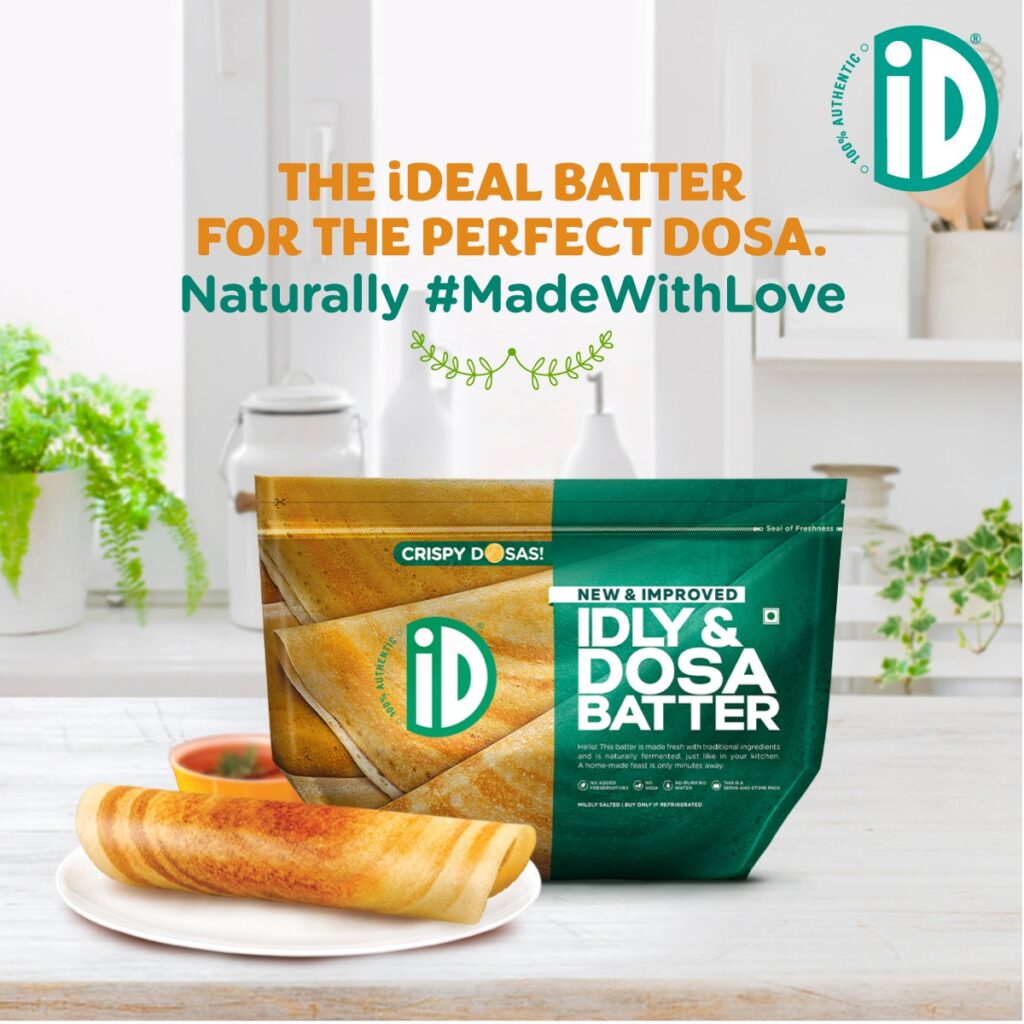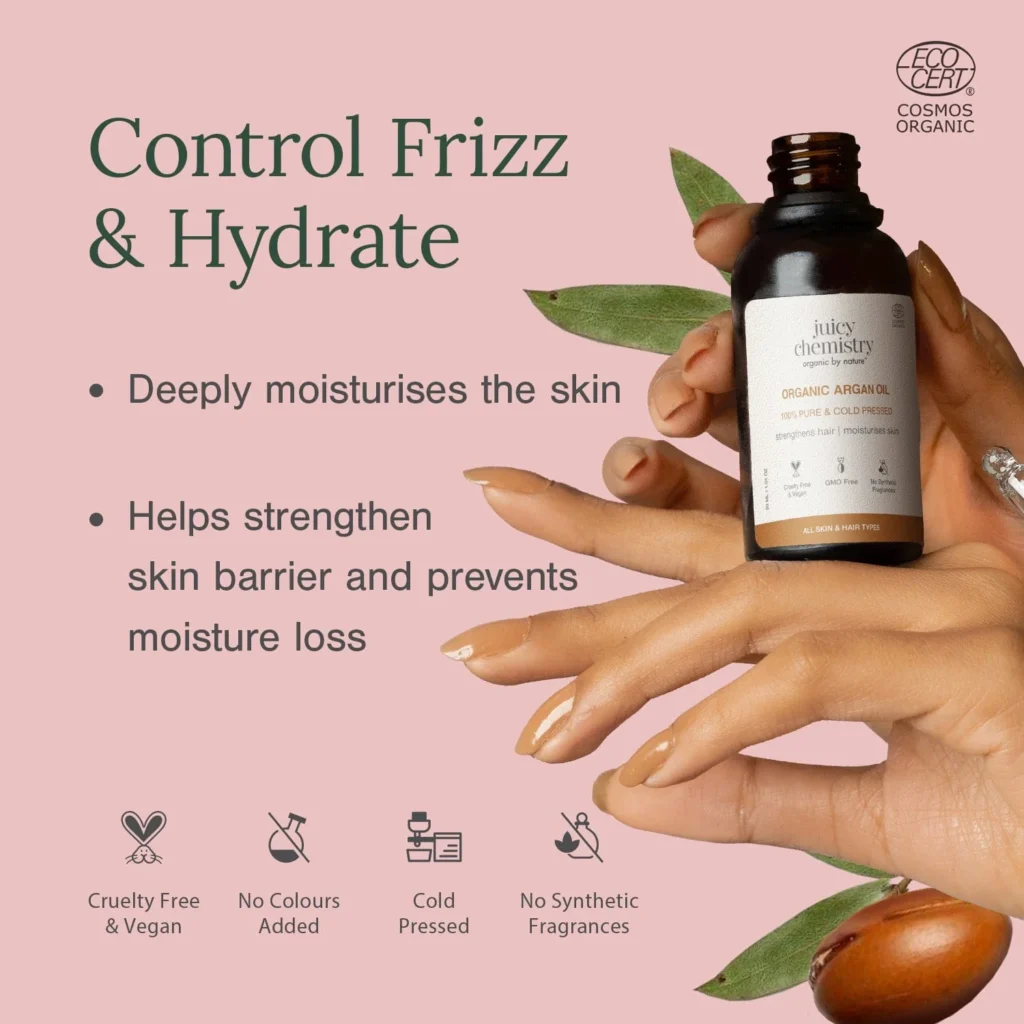The Mind Games: Psychological Pitfalls Sabotaging Your E-commerce Communication

Avoid psychological traps that confuse e-commerce shoppers. Learn how clarity in copy boosts trust and conversions. Real tips, human tone.
When you land on an e-commerce homepage and wonder, “Wait, what exactly are they selling?”—you’re “not alone. Most brands don’t suffer from bad products. They suffer from bad messaging.
In trying to sound clever, polished, and “on-brand”, many businesses accidentally confuse the very people they’re trying to convert. The result? Stunning websites. Sharp branding. And… sluggish sales.
Let’s break down the most common psychological traps that e-commerce brands fall into, and more importantly, how to fix each using clear messaging, empathy, and behavioural science.
1. The “Smart Brand” Syndrome: Impressing Instead of Communicating
Cognitive Bias: Social Comparison Theory
Many brands are desperate to sound smarter than the competition. But when your homepage is a soup of buzzwords like “disruptive,” “frictionless,” or “scalable ecosystem,” customers check out — not lean in.
This often stems from insecurity. Instead of focusing on the customer, the brand is trying to impress competitors.
Fix it:
- Speak like your customer, not your boardroom.
- Kill the jargon. Use your product’s real-life benefits.
- Ask: “Would a 12-year-old understand this?”
ID Fresh Foods doesn’t say “artisanal fermented batter solution. They say “Traditional idli-dosa batter, made fresh every day.” Simple. Honest. Crave-worthy.

2. Voice Over Value: When Personality Hides the Product
Cognitive Bias: Affect Heuristic
A strong brand voice is essential. But if your quirky copy leaves users confused about what you’re selling, it’s doing more harm than good.
Consumers make quick emotional decisions, and a confusing tone reduces perceived usefulness.
Fix it:
- Use tone to enhance clarity — not distract from it.
- Within 5 seconds, a new visitor should understand what you sell.
- Lead with value. Then add voice.
Juicy Chemistry doesn’t lead with fluff. Instead of “Your skincare soulmate is here,” they say “Certified organic skincare that works.” Straightforward and backed by product education.

3. The Curse of Knowledge: Assuming the Customer Already Gets It
Cognitive Bias: Illusion of Transparency
You are deeply invested in your product. But your customer? This is their first time hearing about it. If your copy assumes too much, they’ll get confused and leave.
Fix it:
- Assume zero product knowledge.
- Use plain language, FAQs, and tooltips.
- Avoid insider terms or abbreviations.
SleepyCat sells advanced orthopaedic mattresses. But they don’t start with “pressure-distributing memory foam with 7-zone tech. They say: “Mattresses that come in a box, delivered to your door.” Then they unpack the features in bite-sized, benefit-driven copy.

4. Feature Overload: Selling Specs, Not Outcomes
Cognitive Bias: Feature Fatigue
Specs might sound cool, but customers buy outcomes, not technicalities. A spec-heavy pitch often overwhelms or bores shoppers.
Fix it:
- Translate features into feelings.
- Ask: “What does this help the customer do better?”
- Use the Before → After → Bridge method:
- Before: Tired, sleepless nights
- After: Wake up refreshed and pain-free
- Bridge: Thanks to SleepyCat’s orthopaedic layers
Try the “So what?” test:
If you say “100% organic bamboo fabric,” your customer is asking, So what?
Try: “So soft you’ll forget you’re wearing it.”
5. Talking At Customers, Not To Them
Cognitive Bias: Reactance Theory
When copy starts shouting in all-caps urgency or spammy countdowns, it triggers buyer resistance. Customers don’t want to be sold to — they want to be understood.
Fix it:
- Write like you’re explaining the product to a friend.
- Address objections with empathy — not aggression.
- Skip FOMO tricks. Create genuine relevance.
Nykaa doesn’t push urgency with flashing banners. Instead, they guide you to “Best for Your Skin Type” or “Dermatologist Recommended”.
They build trust before asking for the sale.
Trap: Ignoring the Real Questions Customers Are Asking
Most brands focus on what they want to say — not what customers want to know.
Press features, founder stories, and ingredient lists are nice. But your customers are thinking:
- “Will this work for me?”
- “Is this worth the price?”
- “What happens if I don’t like it?”
Fix it:
- Look at your support queries and customer reviews.
- Answer objections before they arise.
- Add sections like “Who is this for?”, “How does it work?” and “What to expect?”.
Final Thoughts: Don’t Write to Impress. Write to Connect.
The e-commerce world is filled with clever, punchy copy. But clarity is what drives conversions.
You don’t need to sound brilliant. You need to be understood. Because the best messaging isn’t about sounding “on-brand.” It’s about making people feel like your product fits perfectly into their lives.
So before you hit publish on your next campaign, ask:
Is this clear? Is this useful? Is this real?
If the answer is yes, you’re on the right track.



